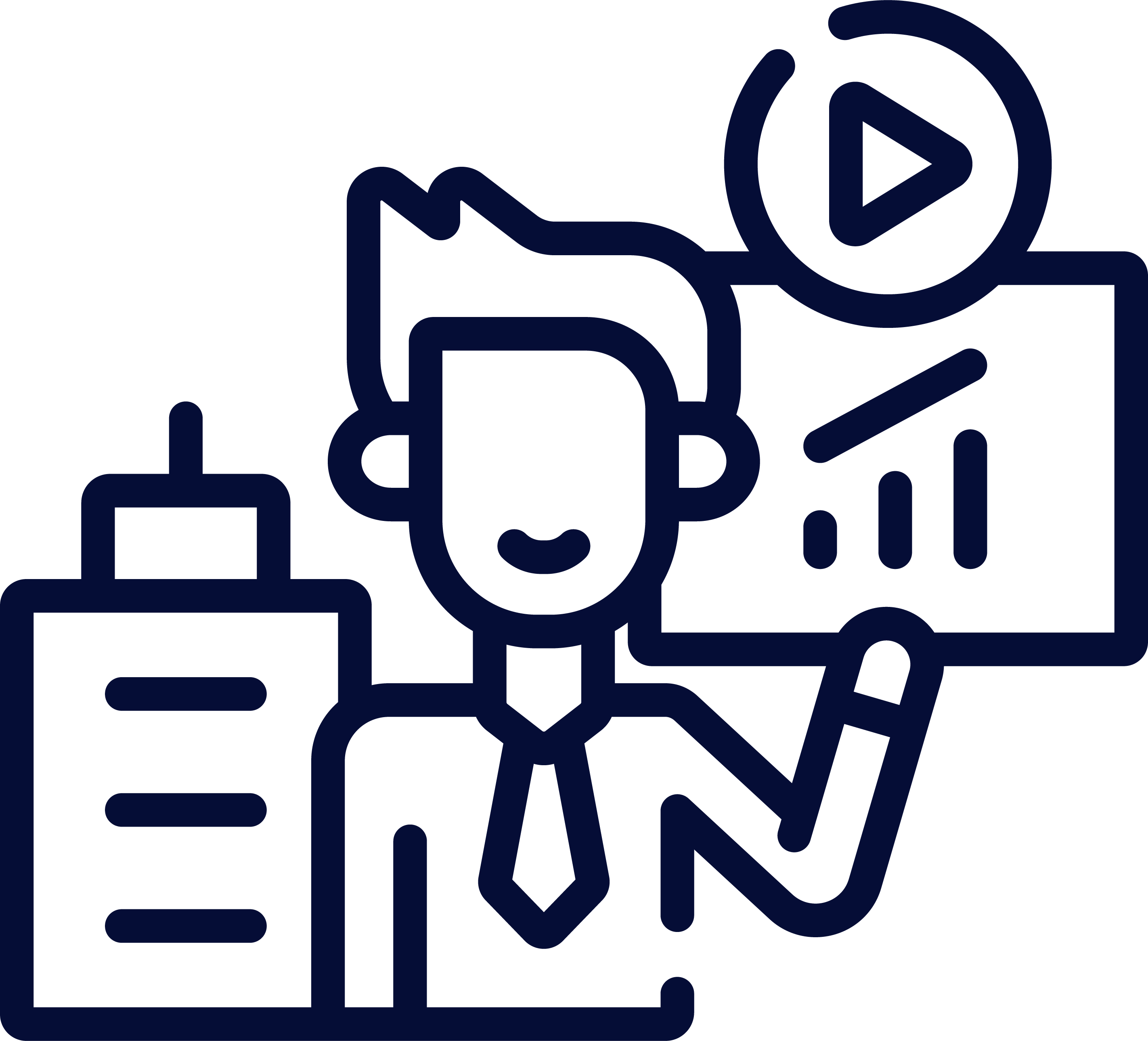
- Overview
- Curriculum
- Feature
- Contact
- FAQs
Today, the one of the biggest opportunities in the IT space lies in utilizing containers and serverless, where infrastructure is less of a barrier to entry. In the near future, where the service resides will no longer have an impact on the creation and delivery of the service. Spring Boot and Microservices are playing a critical role in defining the future of service delivery and business architecture.
Microservices is an architectural style that structures an application a as collection of services that are highly maintainable and testable. They are a method of developing software applications that are made up of independently deployable, modular services. Each microservice runs a unique process and communicates through a well-defined mechanism like a container.
Spring Boot is an open-source Java-based framework that is used to create microservices. Spring Boot is one of the fastest ways to build applications. With Spring Boot, developers can focus more on important business features and less on infrastructure.
Cognixia’s Spring Boot and Microservices Bootcamp will acquaint you with the concepts of Microservices and Spring Boot, and help you be well-versed in working with them. The course trains participants to develop cloud-based, scalable, and fault-tolerant enterprise applications using microservices. The course discusses how to containerize applications using Docker. The course also covers how to deploy Spring Boot applications on AWS Cloud. The course also incorporates hands-on projects and exercises for a thorough experiential and practical learning experience.

- Developing enterprise applications using microservices architecture
- Building and deploying cloud-based, scalable, and fault-tolerant applications
- Containerizing applications using Docker
- Deploying Spring Boot applications to AWS cloud
- Java developers
- Java software development engineers
- Full stack developers
- Software engineers
- Back-end developers
- Software specialists
- Applications developers
- Java architects
- AWS architects
- Cloud solutions architects



